Puttalam is a district situated near to the west coast of Sri Lanka. It has an area of 3,072 km2 (1,186 sq mi). Along with the Kurunegala District, it formulates the North Western Province of Sri Lanka. The district capital is Puttalam, which borders the Kala Oya and Modaragam Aru in the north, Anuradhapura District and Kurunegala District in the east, Ma Oya in the south, and the Indian Ocean in the west. Puttalam is well known for its picturesque lagoons, popular for shallow sea fishing and prawn farming activities. The town of Kalpitiya, and the Kalpitiya Peninsula, is located in this district.
Kalpitiya Peninsula
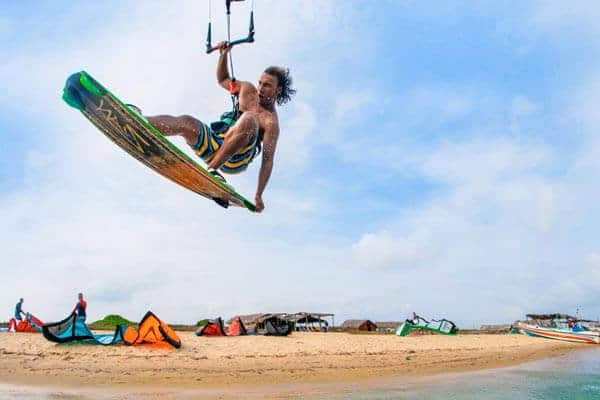
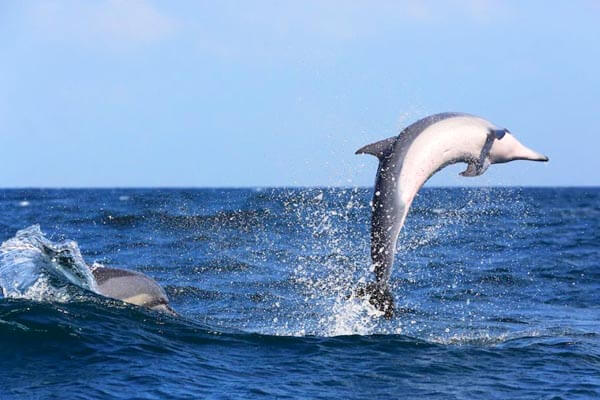
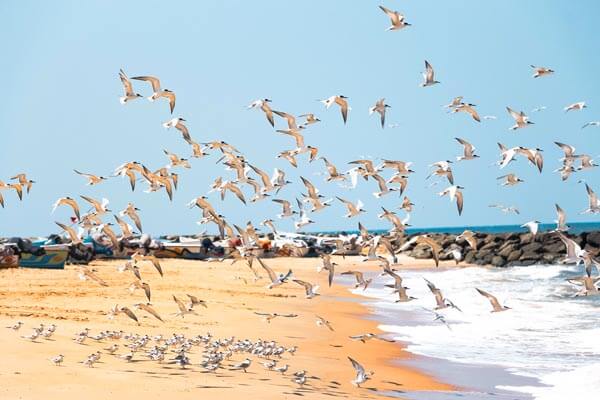
Located in the Puttalam District, between the Puttalam Lagoon and the Indian Ocean, Kalpitiya is no longer the isolated backwater it once was. The windswept peninsula and its outlying islands are now at the forefront of tourist development. However, the area, fringed with idyllic white-sand beaches, is largely unspoilt for the time being and makes for a superb gateway.
The peninsula has become a prime kite surfing destination and also offers dolphin and whale watching in season; spinner dolphins are abundant in the waters here. In addition, it is a good place to observe pelagic birds and waders, owing to the range of aquatic habitats that include mangroves and saltpans. Birding enthusiasts should take a boat trip on Puttalam lagoon and it is also possible to spot the Indo-Pacific Humpback dolphins – an elusive in-shore species-while out on the water early in the morning.
Many of the boutique resorts found along the coast facilitate other exciting activities such as fishing, snorkeling and windsurfing for guests. Among the most popular resorts are those at the alluring Alankuda Beach on the western side of the peninsula. About 10 km (6 miles) north from Alankuda is the village of Talawila, where the 19th-century St Anne’s Church attracts thousands of pilgrims for the annual feast day in August. Some 20 km (12 miles) further north lies the small town of Kalpitiya. The Dutch constructed a fort here on the site of an older Portuguese fortification. It was built at the entrance of the lagoon to control King Rajasinghe’s trade with India. The fort is currently occupied y the navy. Another reminder of the area’s Colonial past is the rustic St Peter’s Kirk, with gravestones dating from the Dutch occupation.
Munneswaram Temple
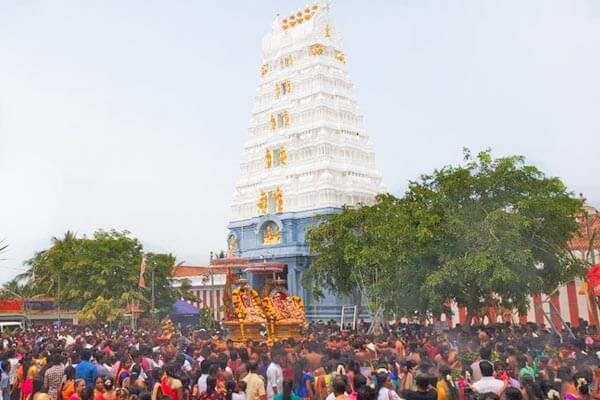
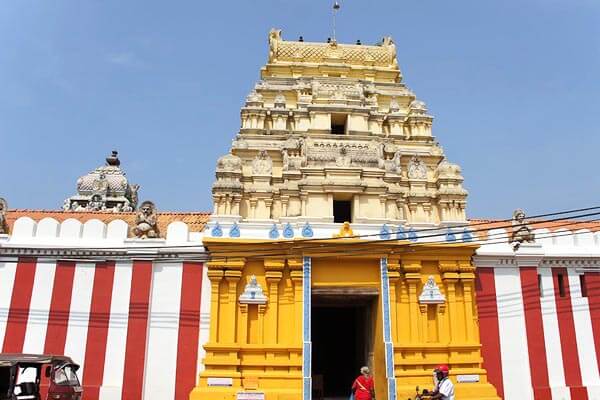
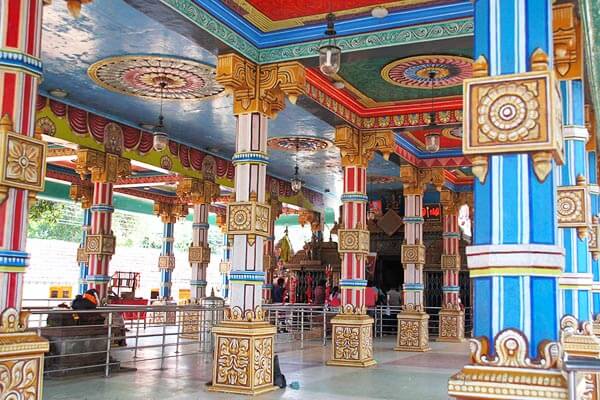
One of the few temples dedicated to Shiva on the island, Munneswaram is an important place of pilgrimage. The main shrine houses a lingam (a phallic symbol representing Shiva) in its inner sanctum. The complex also has a number of the shrines dedicated to other Hindu gods as well as a Buddhist shrine. The temple was destroyed by the Portuguese on a couple of the occasions. It was later rebuilt before undergoing renovation in the 19th century and then again in the 20th century. Hence, certain sections of the temple look newer than others.
Munneswaram is also the venue for a month-long local festival that takes place in August and September. Pilgrims come to make their offerings and chariots are paraded around the complex and through Chilaw town, located about 4 km (2 miles) to the west of the temple. Those wanting to visit the temple must ensure they are modestly dressed, and remove their shoes before entering the complex.
Sri Lanka Dream Tours organize various tour activities that includes folk dance & music program, local house visits, local market visits, dinner or lunch with a local family of the area and much more like this. These activities are organized as part of your tour program and gives real experience of India to any guest visiting India with us.
